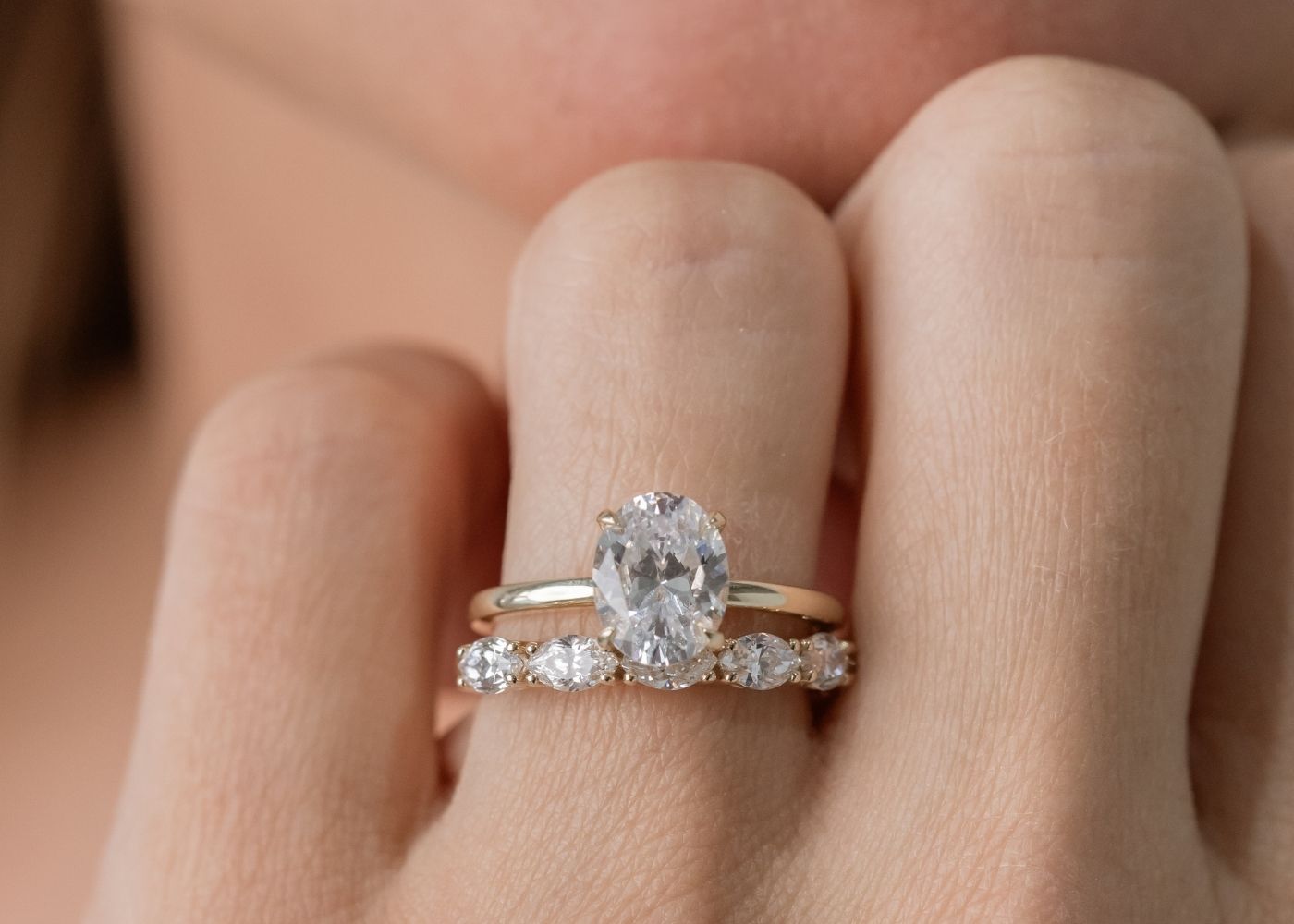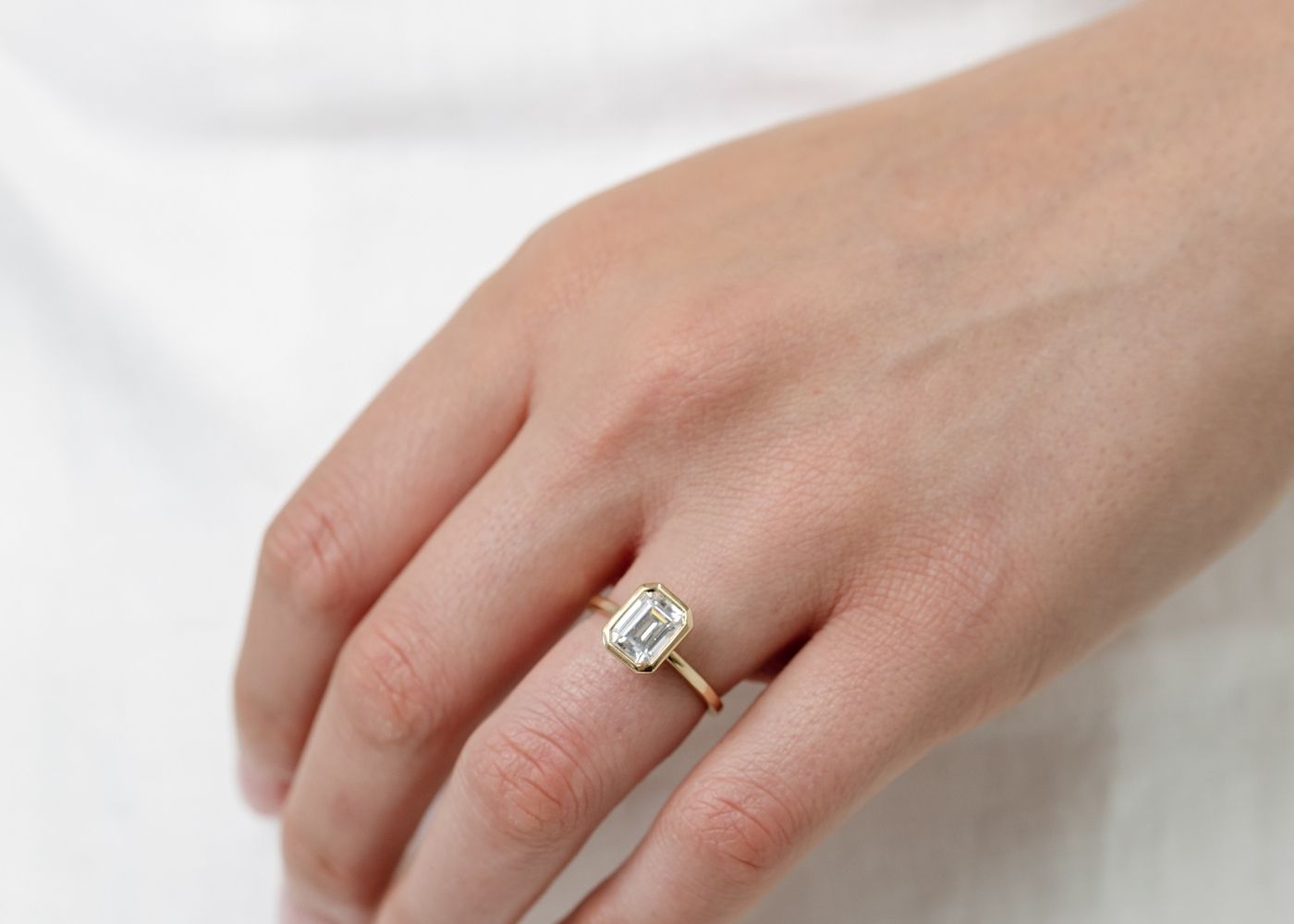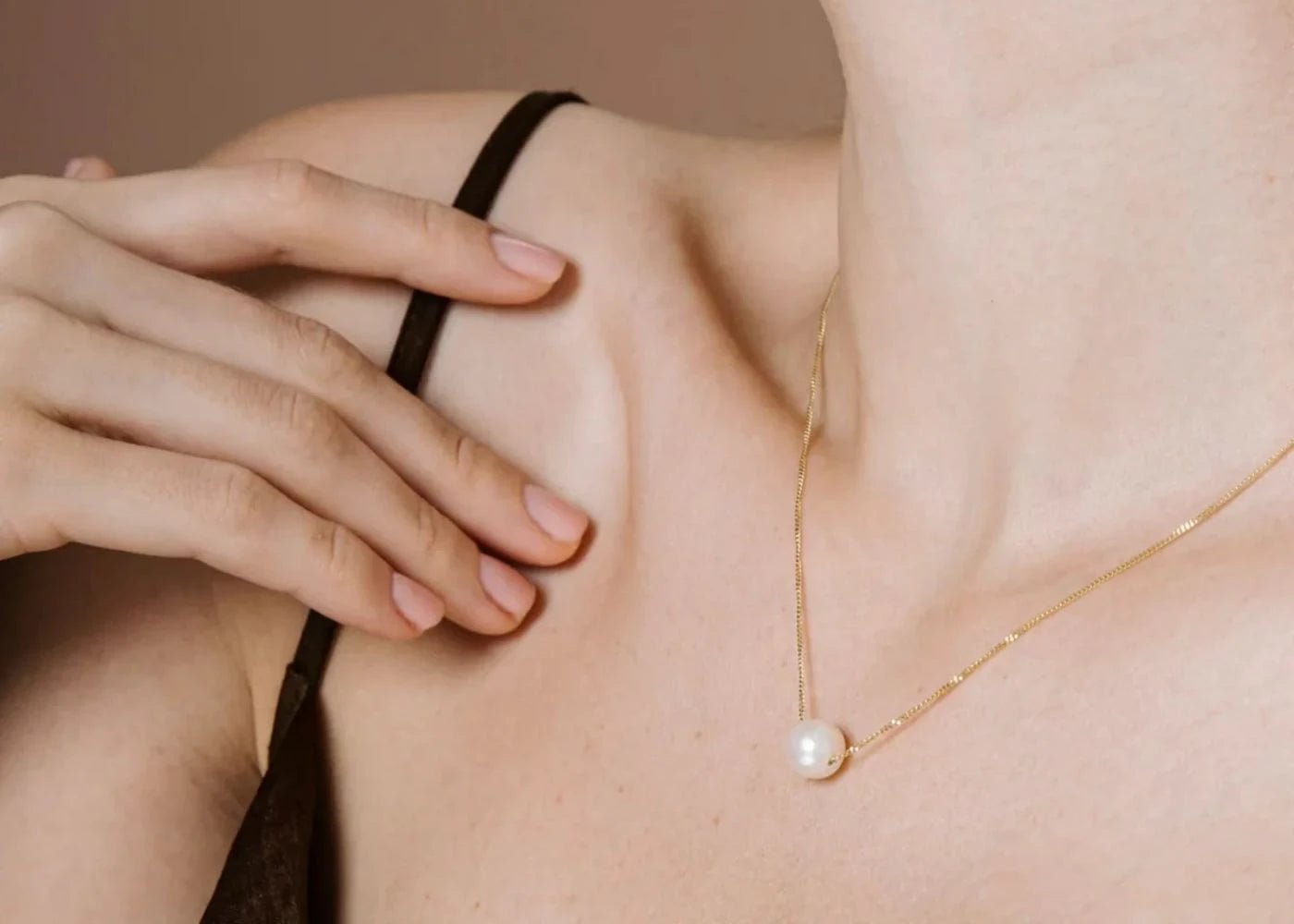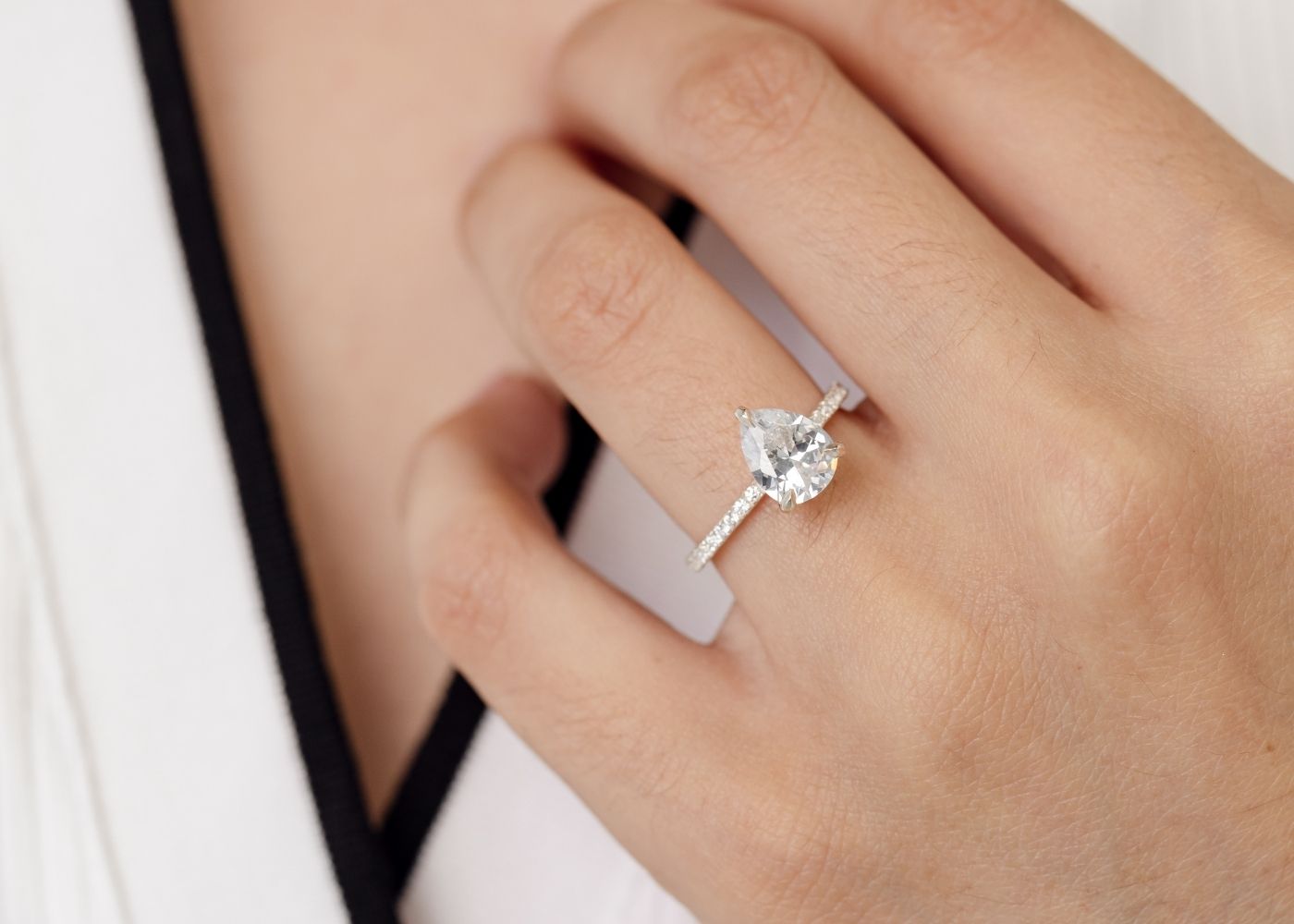Chrysocolla
History
- Name derived from Ancient Greek words for gold and glue
- Coined by Theophrastus in 315BC
- Allusion to material used to solder gold
Geology
- Cyan (blue-green) color
- Minor ore of copper
- Hardness ranges from 2.5 to 7.0
- Forms in oxidation zones of copper ore bodies
- Associated with quartz, limonite, azurite, malachite, cuprite, and other copper minerals
Jewelry
- Popular gemstone for carvings and ornamental use since antiquity
- Used in silversmithing and goldsmithing
- Wide range of Mohs hardness, depending on silica content
- Dark navy blue variety too soft for jewelry
- Cyan, green, and blue-green varieties suitable for jewelry
Gallery
- Stalactitic growths and thin carpet in vugs from San Simon Mine, Chile
- Banded white to blue-green specimen from Bisbee, Arizona
- Chrysocolla and silver bolo tie from Kennecot Copper Mine, Utah
- Brochantite and chrysocolla from Rokana Mine, Zambian Copperbelt
Related Topic
- Chrysocolla (gold-solder)
Chrysocolla Data Sources
| Reference | URL |
|---|---|
| Glossary | https://harryandcojewellery.com.au/blogs/glossary/chrysocolla |
| Wikipedia | http://en.wikipedia.org/wiki/Chrysocolla |
| Wikidata | https://www.wikidata.org/wiki/Q407485 |
| Knowledge Graph | https://www.google.com/search?kgmid=/m/03qjmp |





